The story of Vietnamese people and nail salons runs deeper than a comedy skit
The beginning of the Vietnamese entrepreneurial spirit can be traced back to the 1970s
Most Americans recognize Tippi Hedren for her starring role in Alfred Hitchcock’s horror film “The Birds” — but among the Vietnamese American community, her reputation is for something a little more serious: being a cornerstone of the immigrant community’s economy. You might also remember the stand-up comedy act by Anjelah Johnson called “Nail Salon.” In the skit, she goes to a nail salon and essentially gets scolded for not having a boyfriend while trying to get a pedicure. And to top it off, the worker had a Vietnamese accent that is unforgettable.
Recently, I became interested in self-employment among Asian Americans, especially Vietnamese Americans. While “floating” from city to city this past year, I heard stories about Vietnamese people and what they do. In that context, one example that has increasingly become prominent in recent years is the dominance of Vietnamese Americans in the nail salon business, and the fascinating statistic that nearly 45 percent of the nail salons in the United States employ Vietnamese technicians or are Vietnamese owned.
Men, for one, are entering the field in huge numbers, and as Vietnamese Americans are becoming more entrenched in the industry, they are investing more funds and technique in their daily work, upgrading their salons with top-of-the-line equipment and first-rate artistry.
So what is the history behind all of this? The first movement started in California during the 1970s when refugees began to arrive in California. Hedren wanted to help the women at a refugee camp near Sacramento. She hired her own manicurist to teach 20 women how to do nails. That first class went on to teach still more students, culminating in a generation that now monopolizes the nail industry. These individuals started to spread news of this opportunity to other Vietnamese refugees and opened up their own nail salons.
Within a short period of time, nail salons became a cornerstone of the Vietnamese community’s economy. Vietnamese entrepreneurs came to revolutionize the industry by offering discount services that made nail salons more accessible and thus more popular among the public. Naturally, families and friends who came to the U.S. also joined this industry where they could work alongside each other and pool resources.
However, for Vietnamese refugees, this was not just about capitalizing on this new economic opportunity. For many workers, this was about making money to send back to their family in Vietnam, affording a quality education and better life for their children, and surviving in a foreign country. In fact, overseas remittances account for 8 percent ($14 billion) of Vietnam’s economy. The American Dream for many Vietnamese parents resides in the success of their children.
While it can be a lucrative and good temporary job, education has served as the beacon of growth and opportunity and has always been the number one priority for much of the Vietnamese community. Vietnamese workers have turned this act of survival into an act of altruism for their families in Vietnam and their children growing up in the U.S. Upon reflection of Johnson’s “comedy,” one must consider that behind the counter is a human being trying to make a living, not just for themselves, but for their family.
In the end, nail technicians do nails not out of passion but to make a living. Oftentimes, there is no other option.

I am a native of Hanoi, Vietnam, and spent part of my childhood in Bangladesh and Cambodia. I am a senior majoring in Piano Performance and Communication,...

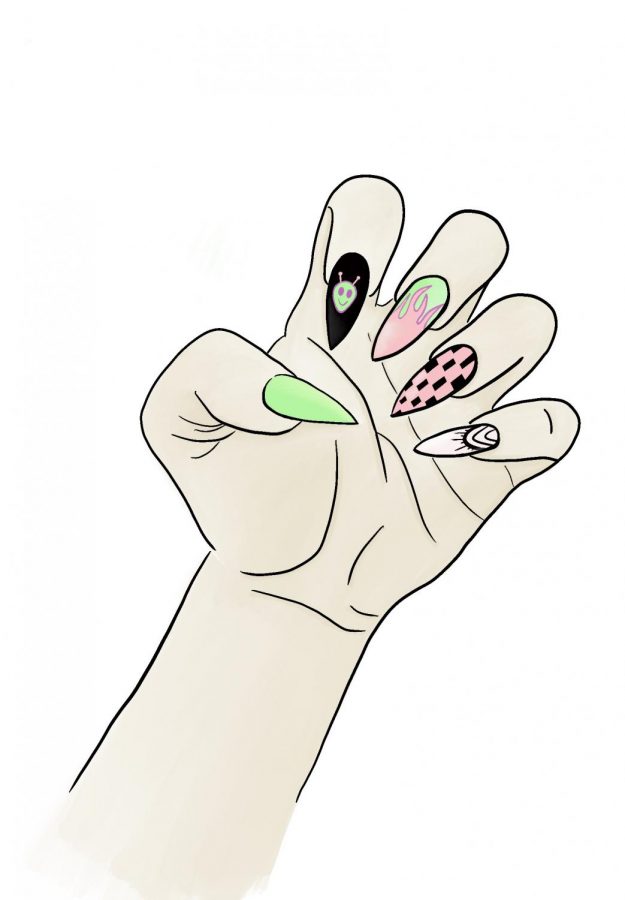


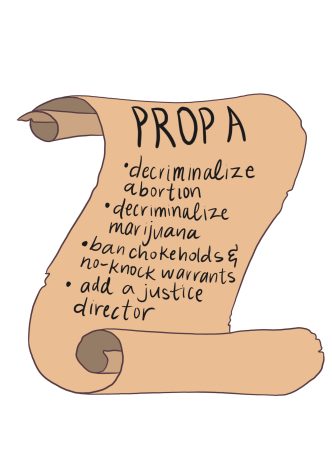
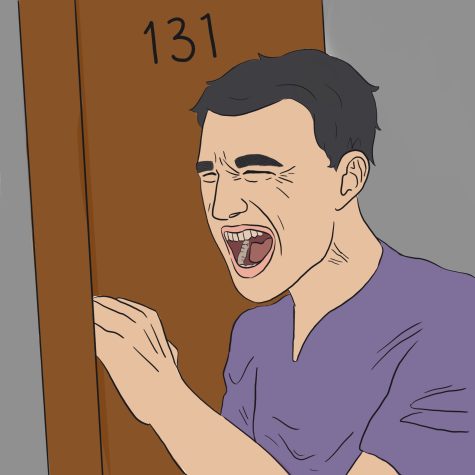
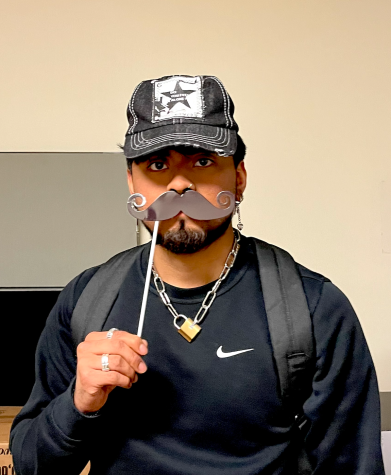
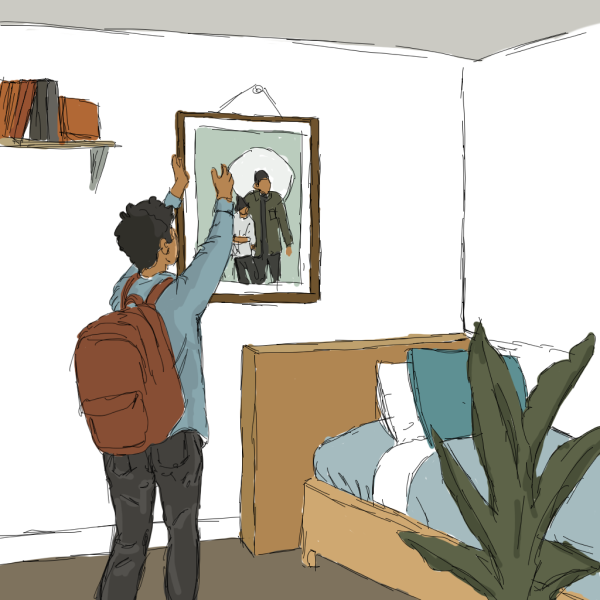
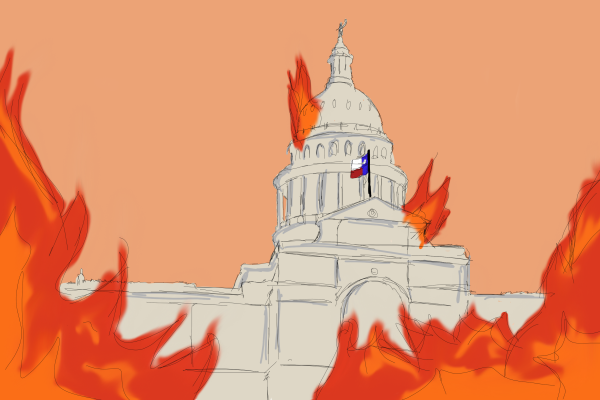

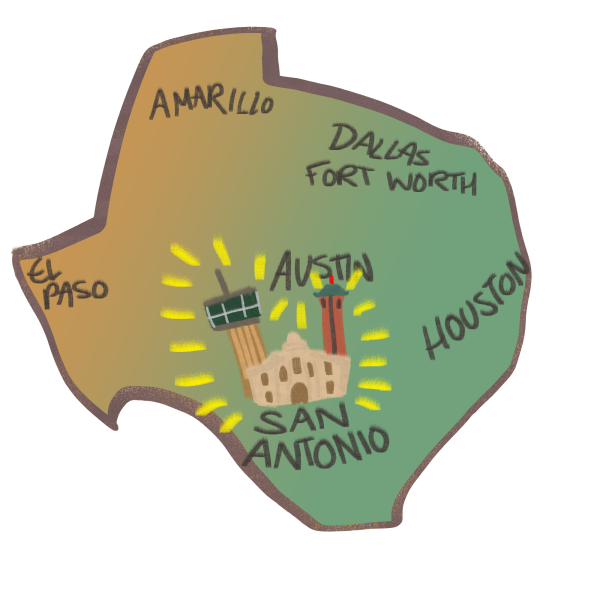
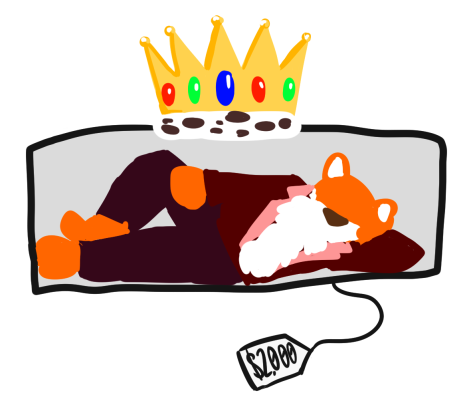

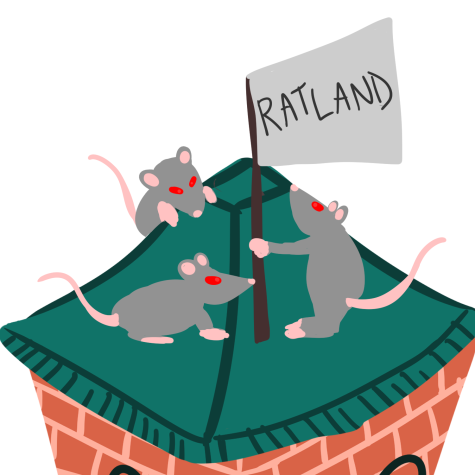

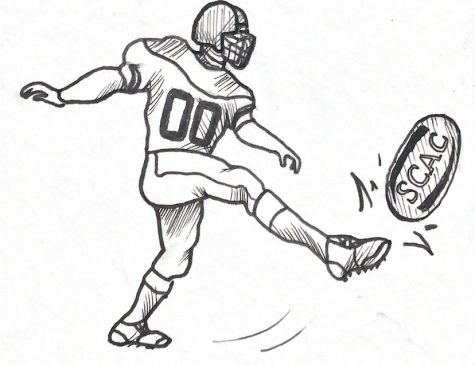
Lisa Miliatis • Apr 19, 2021 at 10:35 am
Thank you for this interesting article. I have often wondered why so many nail salons are owned and operated by Vietnamese people. In Albuquerque where I live there is a large Vietnamese population and I would guess that over 90% of the nail salons are Vietnamese-owned. Before the pandemic I got my nails done monthly and have met some lovely, warm Vietnamese people who have taught me much about Vietnam and their journeys to America.
Mary Nguyen • Apr 10, 2021 at 10:05 am
Excellent opinion and although it was factually, true that remittances belt out many Vietnamese families back home in the 1970’s-1990’s, your figure of 14 billions or 8% of Vietnam’s GDP is off! According to World Bank, Vietnam – with a GDP of 345 billions USD in 2920, received total remittance of 17 billions USD or under 5%…. It also was estimated that increasingly, Vietnamese guest workers in other countries (Eastern Europe, Japan, South Korea, Taiwan…) out-contributed Vietnamese American. Furthermore, Vietnam General Statistics Dept. identified 65% of 2020’s remittance was targeting real estate investments and funds for new businesses and start-ups. Remember, Vietnam has been and continues to be among the fastest growing economy, globally last 2,5 decades!